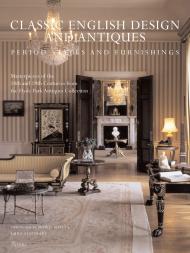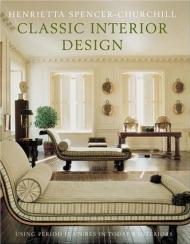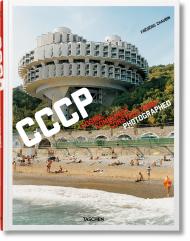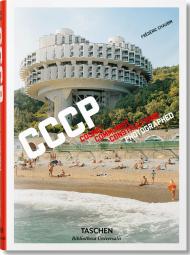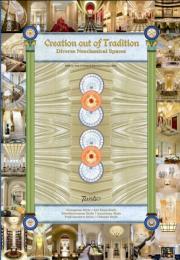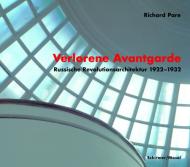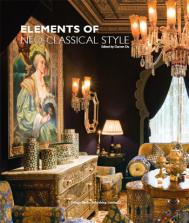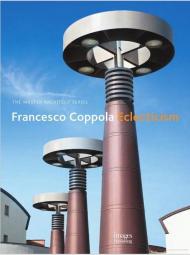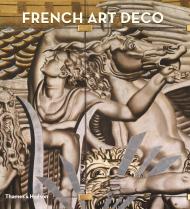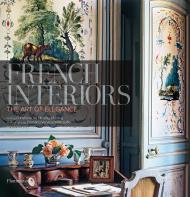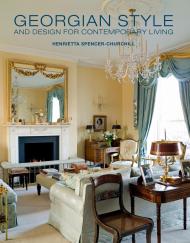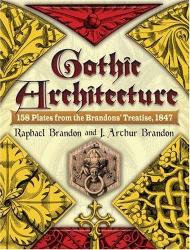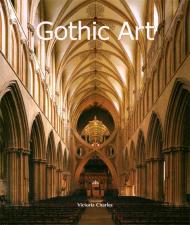As time rolls on, neoclassical style becomes more and more popular. Except for pure neoclassical style elements are applied to décor, more and more other style elements come into mix of use with neoclassical style. Of course, this phenomenon is not accidental. It has undergone a long process of evolution, opening and development.
During the developing process, neoclassical style keeps its original essence yet never stops changing. Combining the current trend of neoclassical style’s diverse mixing with other styles, we choose 6 the most obvious types in this book, which are integrations of neoclassical style with European style, American style, Mediterranean style, Art Deco style, Chinese style and post-modern style. Each of them features various characters and sparkles, from which, you can find out its key point, use of materials, approaches, stuffs that need to pay attention to and many materials specially applied to neoclassical style design.
Contents:
01 European Neoclassicism
La Mamounia Hotel, Morocco 020
Shangri-La Hotel Paris 028
Taleon Imperial Hotel, St. Petersburg 040
St. Regis, New York 046
The Shelbourne Hotel, Dublin 050
Grand Emperor Hotel, Macao 054
Hôtel Plaza Athénée, New York 064
Chateau du Grand-Luce’, France 070
International Shipping Company Offices, London 074
PRADA Women Fashion Showspace, Milan 080
1+1 Palace, Xi’an 082
Sandalwood Estates No. 30, Shanghai 088
Bene Italian Restaurant, Sheraton Tianjin Hotel, Binhai New Area 094
Luyin • Windsor Castle Clubhouse, Dongguan 098
The Grand Riviera, Sales Department, Foshan 104
Green Rivers Manor, Beijing 108
Shanghai Star • Qizhong No. 71, Shanghai 112
Shanghai Star • Qizhong No. 70, Shanghai 122
Dahua • Xixi Style Phase V, Model House, Hangzhou 126
Ocean Great Harmony Show Flat, Beijing 132
Wonderful Garden Model House, Hangzhou 136
The Hua Mansion, Room 2701, Hagongguan, Harbin 138
Cuihua Garden Show Flat, Chizhou 140
Vanke • Spring Dew Mansion 2S-2, Zhongshan 2S-2 144
Junyue • River Paradise No. 8 Show Flat, Changsha 148
Nanjiao Villa 254, Shanghai 150
02 Art Deco Style Neoclassicism
Regent Grand Hotel, Bordeaux 156
Hotel Le Notre Dame, Paris 162
Le Negresco, Nice 168
Hotel Hermitage, Monaco 174
The Fairmont Savoy, London 178
JW Marriott Chicago 190
Town Hall Hotel & Apartments, London 194
Fairmont Peace Hotel, Shanghai 198
The Peninsula, Shanghai 212
Gou Bu Li Chinese Restaurant, Beijing 220
Brightwill • Gold Coast Sales Center, Kunshan 226
One House Mansion Sales Center, Nantong 232
Nanyuan Universe Deluxe Hotel, Ningbo 238
Jiangjin Jiayuan Show Flat, Wenzhou 242
Model House of Acadia Manor, Beijing 248
Horoy • Parkland Model Villa T13-2, Shenzhen 252
Jiucheng Lakeside International B1, Shanghai 256
Jiucheng Lakeside International D1, Shanghai 260
New Jingrun Sales Office & Show Flat, Beijing 264
Show Flat D of Zhongbei Garden II, Hangzhou 270
Harmonious Flourishing Show Flat, Shenzhen 274
Jade Laguna Villa Space, Shanghai 276
Chengtou Builders Exhibition Center, Moon Lake Garden, Ningbo 280
03 Mediterranean Style Neoclassicism
Emerald Palace Kempinski Palm Jumeirah, Dubai 288
CastaDiva Resort, Italy 292
Borgo Egnazia Hotel, Italy 298
Blythswood Square, Glasgow 304
The Augustine, Prague 308
Inspirock Hotel, Tongxiang 314
CRREG • Tsingtao Center Sales Office 322
Dome Clubhouse of Villa Royale, Chengdu 330
OCT East Shenzhen • Tianlu ўш 336
Poly Exclusive Villa Demonstration Unit, Changsha 340
Kaisa • Waterside New Metropolis, Sales Office, Changsha 346
Tianma Country Club 20, Shanghai 352
04 American Style Neoclassicism
Vidago Palace, Portugal 360
The Lu’s Villa in Beverly, Ningbo 366
Rongqiao Grand Residence Show Flat, Fuzhou 376
Mansion 8 VIP Club & Boutique Hotel, Beijing 382
Business Club Royal Tangshan, Beijing 386
Gree Plaza Penthouse Duplex, Zhuhai 392
Oriental Hawaii Big Island R-2, Beijing 398
Shanghai Star · Qizhong Club, Shanghai 402
Spring Dew Mansion 408
Citic • Mangrove Bay Show Flat, Shenzhen 416
05 Post-modern Style Neoclassicism
The Leon's Place, Rome 422
Nobis Hotel, Stockholm 428
Corinthian Club, Glasgow 434
Spa and Swimming Pool Area in a Private House, Dublin 438
The Fairmont San Jose, California 442
Elysian Hotel, Chicago 446
El Palauet Living Hotel Space, Barcelona 450
Mayfair Penthouse, London 452
Sanctum Soho Hotel, London 456
Tommy Hilfiger Retail Store, New York 460
Join-In • Noble House Community Sales Department, Fuzhou 466
Show Flat of House Type D, Royal Tangshan, Beijing 470
Master Land Model House, Nanjing 478
An Interior Space in Value Bay, Shanghai 484
Hongqiao Yindu Show Flat, Shanghai 486
06 Chinese Style Neoclassicism
New HNA Building, Haikou 492
Raffles Presidential Suite, Tianjin 504
Oriental Gold-stone Reception Center, Qingdao 508
Li’s Apartment, Beijing 514
Zhongyi • Helen & Spring Unit A401, Guangzhou 520
Chengkai Club, Shanghai 526
Tian Honghe Hotel, Yangzhou 532
One Villa Space in Forest Manor, Shanghai 538

